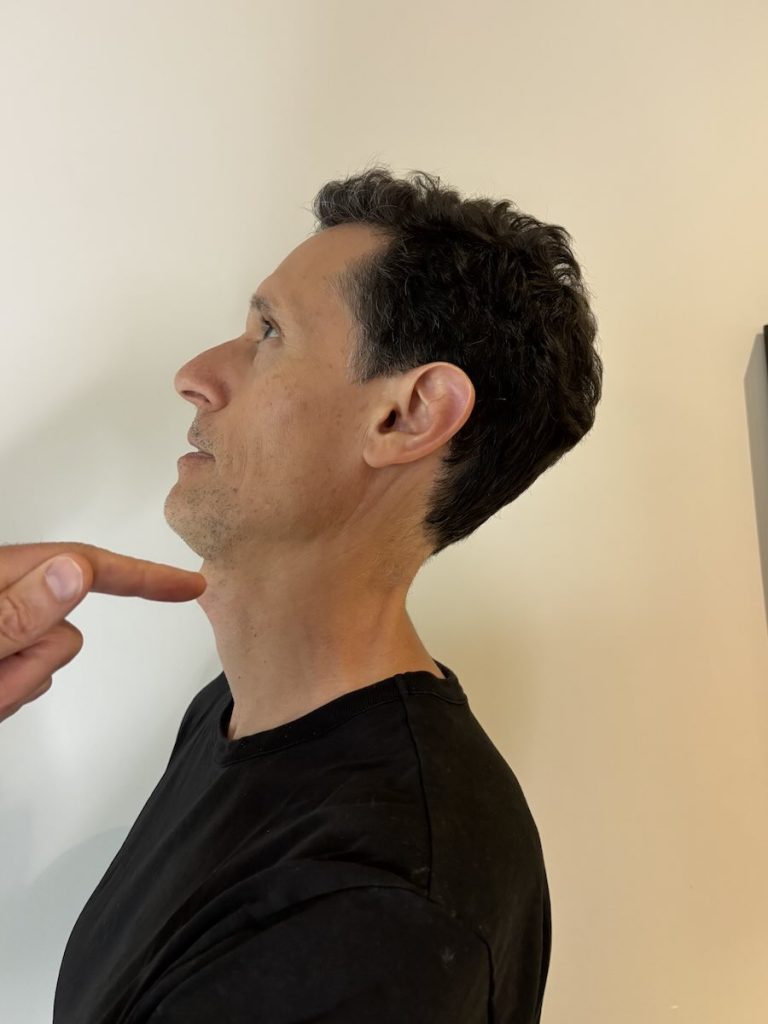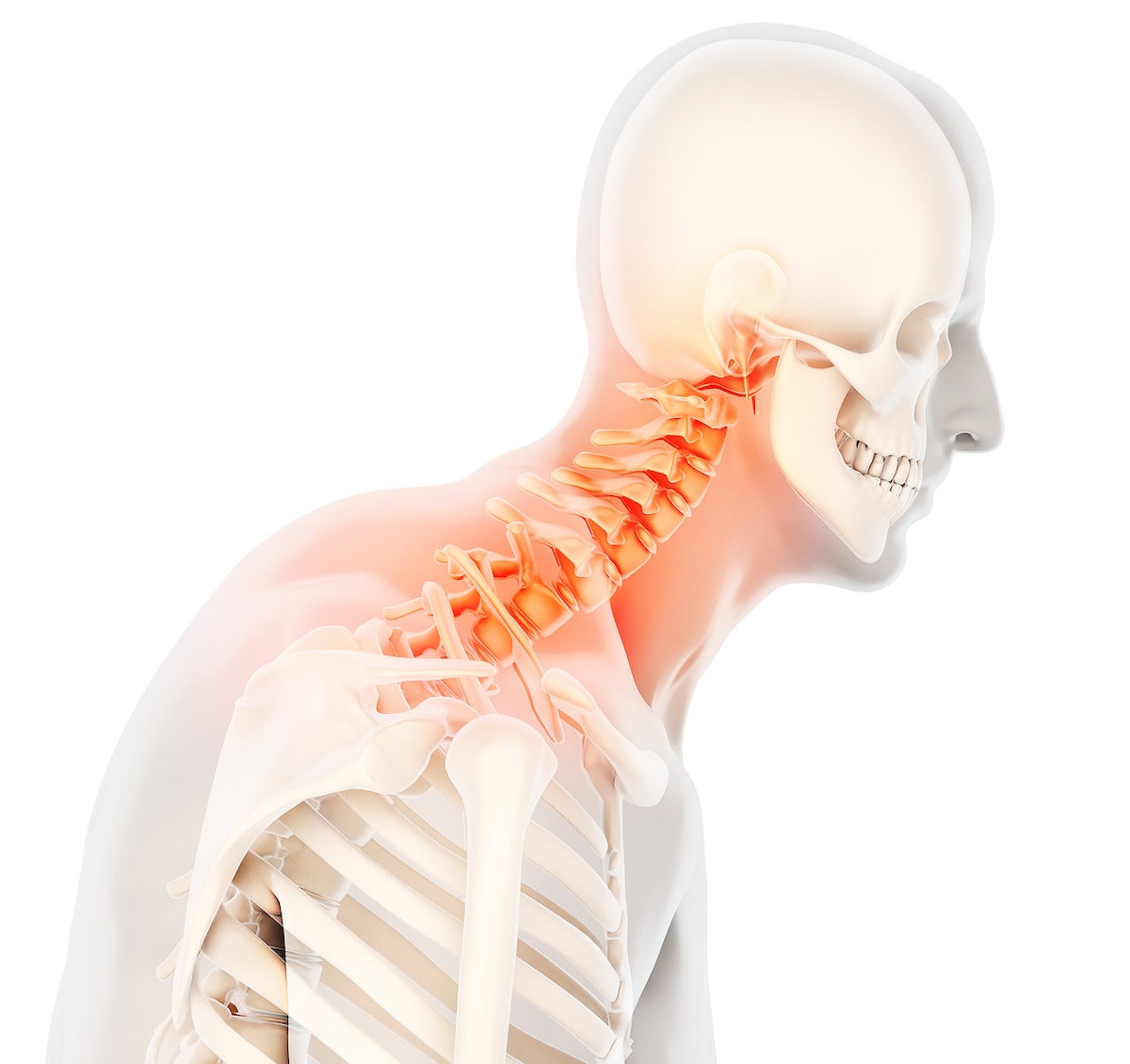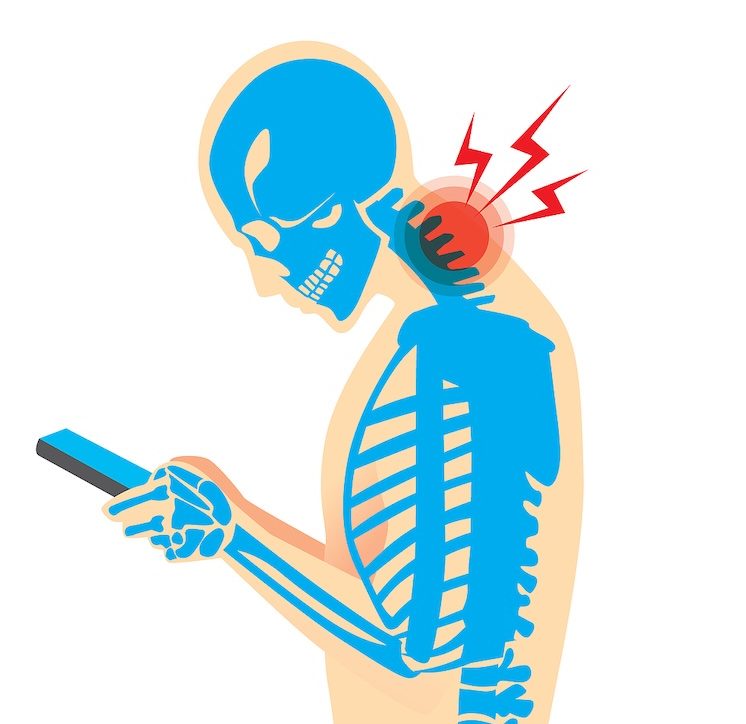If you’re reading this, chances are you’ve noticed your head creeping forward — maybe from long hours at your desk, on your phone, or driving. That gradual slouch may seem harmless at first, but over time it can lead to neck stiffness, tight shoulders, headaches, and that heavy, compressed feeling through your entire upper back.
At our Toronto chiropractic clinic, we see this all the time. It’s called forward head posture, and it’s become one of the most common issues people struggle with today. Between computers, smartphones, and sitting nearly ten hours a day on average, it’s no wonder more and more people are dealing with it.
After working with thousands of patients and testing countless posture exercises, one simple movement consistently stands out — the neck retraction with extension.
This small but powerful variation is one of the most effective ways to help restore your neck curve and improve your posture.
Why This Exercise Matters
Your neck (or cervical spine) naturally curves backward in a gentle C-shape. When viewed from the side, your ears should line up roughly over your shoulders. The farther your head drifts forward, the greater the strain on the vertebrae, discs, and muscles that hold it up.
Over time, this “tech-neck” position compresses your spine and can lead to:
Chronic neck and shoulder pain
Headaches or tightness at the base of the skull
Upper-back stiffness
Numbness, tingling, or nerve irritation in your arms
Early disc and joint wear, even arthritis
The goal of this exercise is simple — to reverse that forward shift and gently rebuild the natural neck curvature that protects your spine. For a deeper overview of assessments and treatment options, see our page on posture correction.

How Neck Retraction + Extension Works
Traditional chin tucks are a great start, but they don’t always restore the cervical curve — especially if that curve has already flattened (a “military neck”) from years of poor posture, or even reversed into a kyphotic curve.
By adding a small extension (a gentle backward tilt of your head) before retracting your chin, this critical variation activates the deep stabilizing muscles that are often weak and under-used. It trains your head and neck to move back toward their ideal alignment.
The combination of scapular retraction (drawing the shoulder blades back and down) with neck extension and retraction makes this variation especially effective for restoring both posture and curve.
For additional movements that complement this one, explore our forward head posture exercises guide.
Step-by-Step Instructions
Step 1 – Set Your Shoulders
Start by rotating your shoulders slightly outward — imagine you’re about to catch a large ball in front of you.
While maintaining this external rotation, gently pull your shoulder blades back and down. This opens your chest and begins reversing one of the main components of forward head posture.
Keep this shoulder position throughout the exercise.

Step 2 – Add a Slight Neck Extension
Keeping your shoulders steady, gently tilt your head backward about 30–45 degrees.
This small extension helps restore the natural curve of your neck and prepares it for the next movement.
This is the key difference between this exercise and a standard chin tuck — that small extension makes it far more effective. The little details count.

Step 3 – Retract Your Chin
Now, with your head slightly tilted back, pull your chin straight back — as if sliding it along a shelf angled slightly downward behind you (about 35–45 degrees).
Avoid pushing into end-range. Aim for 70–80 percent of your maximum motion.
You should feel the muscles at the front of your neck gently engage — these are your deep neck flexors, which are chronically weak with forward head posture.
Hold for 10 seconds, then relax.
Repeat 10 times, ideally three sessions per day (morning, midday, evening).
💡 Tip: While the neck stays in 30–45 degrees of extension, your chin moves backward and slightly downward in that same plane. This combination is key.

Common Mistakes to Avoid
Over-extending your neck. You only need a small backward tilt — forcing it further can strain the joints.
Shrugging your shoulders. Keep them low and retracted back and down; the movement comes from your neck, not your upper traps.
Jutting your chin forward. Pull straight back and slightly down to create that gentle “double-chin” effect.
Rushing. Slow, steady reps retrain your muscle memory. Posture change takes time — be patient.
Extra Tips for Success
Feeling some tension or muscle activation in your mid-back or upper neck is common — especially with the scapular and neck retraction. You may also feel a light stretch or tension in your chest as it starts to open up.
Coordinating the motion isn’t always easy or natural at first. Try to maintain the external rotation and scapular/shoulder-blade retraction throughout the movement, pulling your shoulder blades not just back but also slightly downward toward the floor.
Do not force excessive extension into your neck. Aim for only 30–45 degrees back — we’ve found it’s usually easier to maintain this slight extension rather than repeatedly moving in and out of it.
Practise the feeling of retraction (pulling your chin back) while your neck is slightly extended. At first this will feel “unnatural.” Ideally, you’ll be creating a light “double-chin” look while in this retracted or chin-back position, angled 30–45 degrees downward.
Try doing this in front of a mirror the first few times, or have someone watch to help correct your form. This helps ensure you’re pulling straight back rather than tipping forward or up.
Gentle consistency works best — it’s not about intensity but repetition.
Pair this exercise with other shoulder-blade work (like the Titanic Posture Exercise) to accelerate your posture correction and overall upper-back strength.
This movement should always feel comfortable and controlled. If you experience sharp or acute pain, stop the exercise and consider gentler alternatives.
The Bottom Line on Neck Retraction & Extension
The neck retraction with extension exercise may seem small, but it’s one of the most powerful tools we’ve found to help correct forward head posture and to ease chronic neck tension.
Done consistently, it can help you restore a healthier neck curve, reduce neck and shoulder strain and pain, and begin to move with greater ease and confidence.
If you’re struggling with forward head posture and ongoing neck and shoulder tightness, and want a more customized approach to correcting your posture, please feel free to reach out to our team at Transform Chiropractic in Toronto.
Dr. Byron Mackay
Transform Chiropractic – Posture Correction



